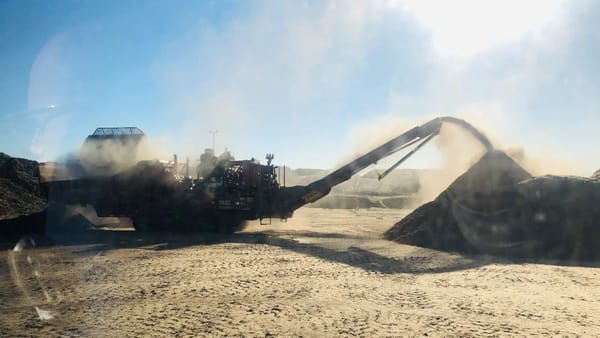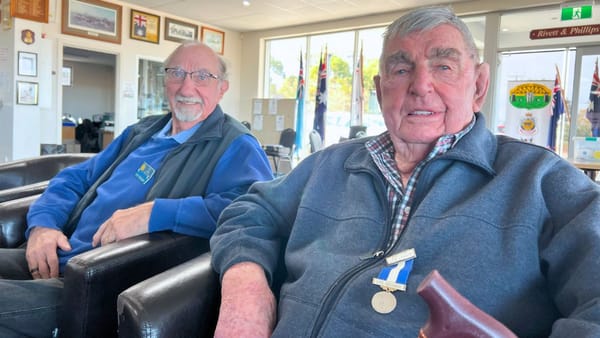Australian food royalty feasts on Mypolonga's finest produce
Chefs from all over the country have sampled the Murraylands' best at a long lunch hosted by Rio Vista Olives.
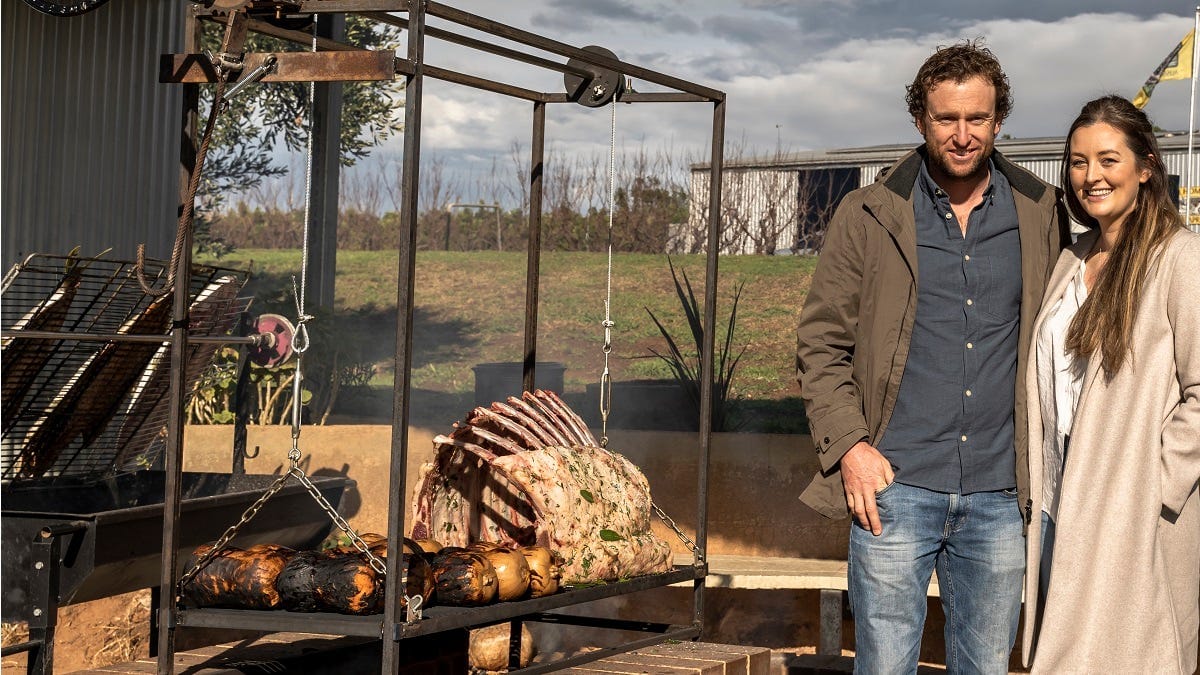
This post was originally published behind Murray Bridge News’ paywall. Paywalled posts are unlocked four weeks after publication. Can’t wait that long? Subscribe here.

Australian food royalty has gathered to enjoy Mypolonga’s finest during a long lunch.
Set amongst the grey-green olive trees of the Rio Vista grove, it was a feast fit for kings, and buffalo was the focal point.
Around 57 chefs from around Australia were in attendance, including Adam D’Sylva, Joel Bickford and Cheong Liew OAM.
Rio Vista Olives owner Jared Bettio said the lunch had been a great opportunity for regional growers and producers to interact and connect with the chefs.
“A strength of our area is the community spirit and we have been able to share that with the chefs,” Mr Bettio said.
“The personal connections on the day, the product connections and the camaraderie of just being together has been invaluable.”
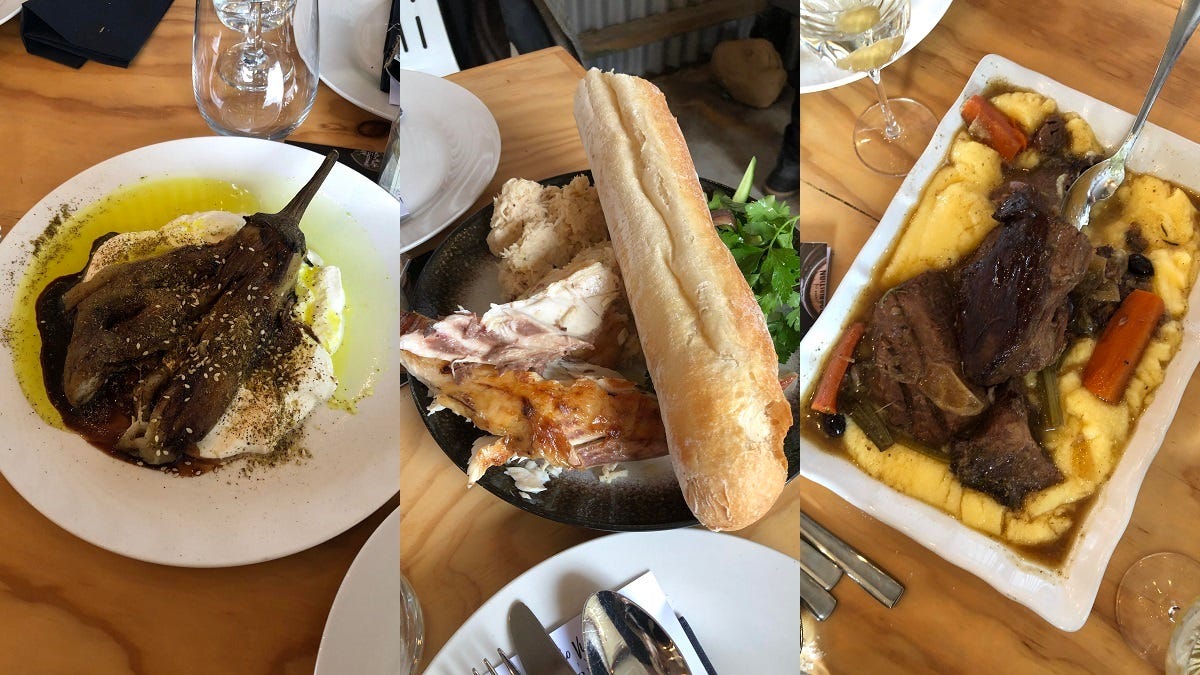
The owners of SA Buffalo Company at Mypolonga, Corey and Mollie Jones, provided the meat for the main course.
“We started our farm in 2014, and we were originally a dairy farm,” Ms Jones said.
“We’ve slowly built the business, starting with 28 buffalos ... now we have around 300.
“A few weeks ago, Duncan Welgemoed from Africola and Mark Best came to visit us to try our product, which was a big deal.”
Mr Jones said the family’s buffalo were the Italian Riverine breed, “so they’re primarily bred for their milk, but the meat is also good … it’s actually leaner than beef.”
“It’s been my dream to make a living from the land, and its been great to meet so many people along the way.”
Renowned Aussie chefs Jason Roberts and Nick Bergin were at the helm for the lunch, cooking gargantuan buffalo tomahawks over the fire, along with a slow-cooked buffalo ragu and a number of other mouth-watering dishes.
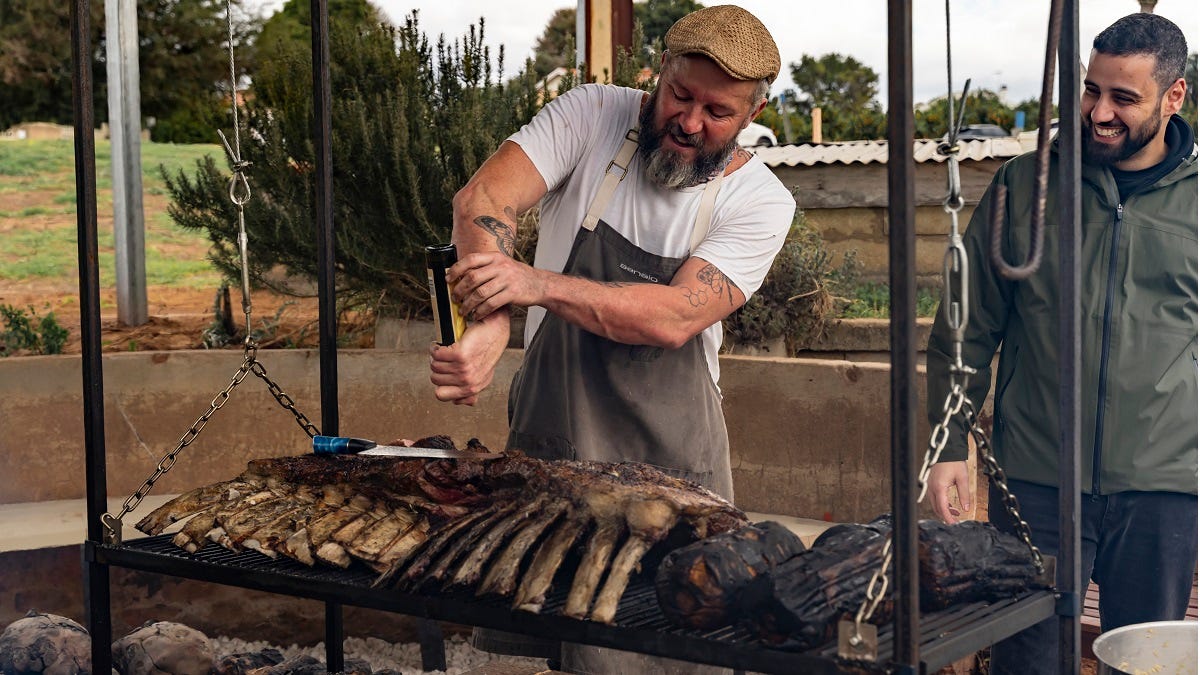
“This is my first time cooking buffalo,” he said.
“We’ve relied a lot on communication and cooking intuition.”
Asked what it was like to cook the buffalo, Mr Roberts said it was “theatre”.
“As chefs, we’re tired of balance … you won’t see anyone here plating with a pair of tweezers … we’re looking for big flavours.”
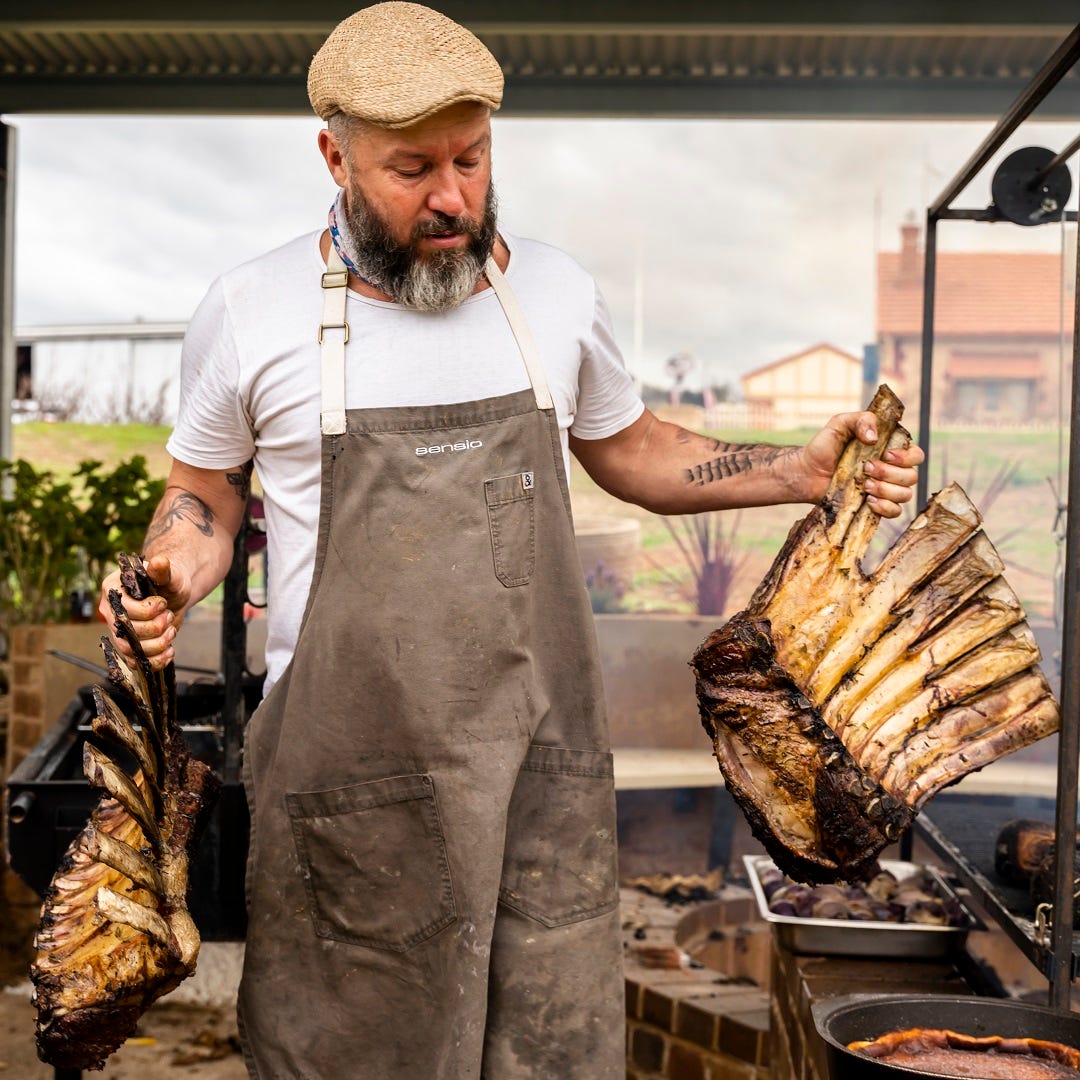
“People asked me today if I was nervous about cooking for a bunch of chefs, but they’re my friends, and we all love to eat.
“There is no ego here ... it’s about celebrating life and food, breaking barriers and breaking bread.
“Its about building connections, and after COVID, we could all use some more noise.”
For dessert, Taste.com.au food editor Elisa Pietrantonio used buffalo curd to craft a Basque cheesecake with lemon oil, roasted pear and Armagnac, which she started in the oven and finished by the fire.
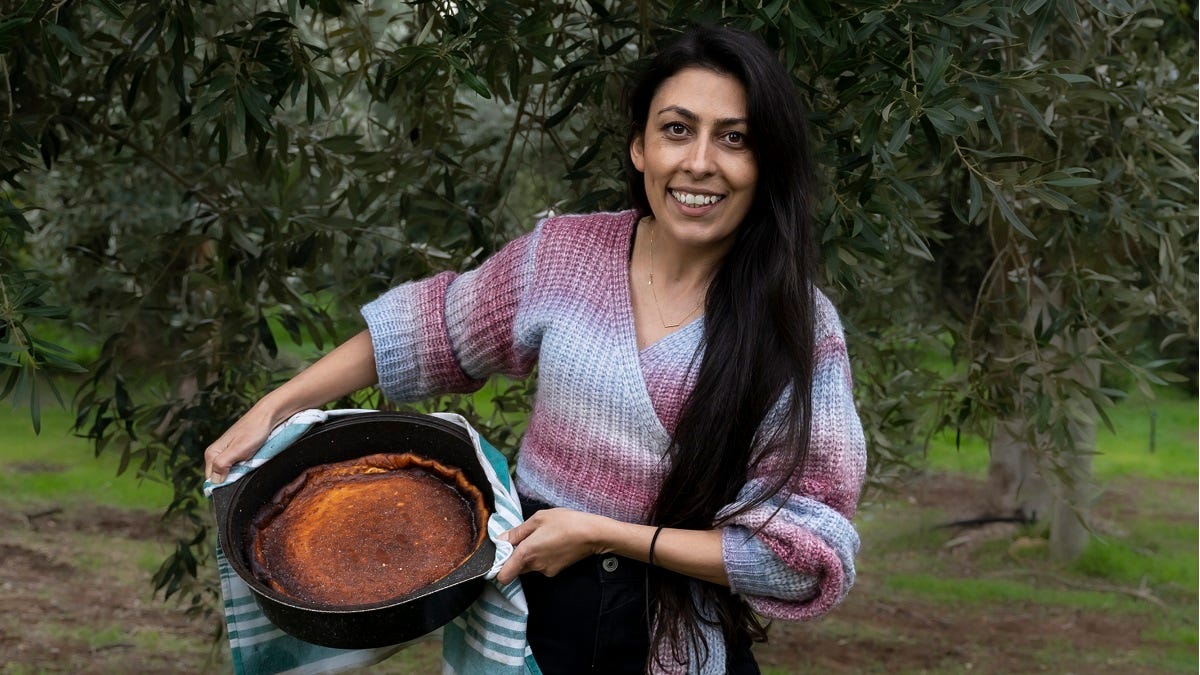
“I had never worked with buffalo curd before … when I tried it, it had a tang to it, kind of like a milder yoghurt,” Ms Pietrantonio said.
“When I added the sugar to it, the sugar dissolved so easily … it was a beautiful cheese to work with, it was so luscious, smooth and creamy.
“It’s such a shame the product is so localised; it would be good to spread it across Australia.”
Kris Lloyd, award-winning artisan from the Adelaide Hills, crafts the curd from milk supplied by the SA Buffalo Company, and is one of the only buffalo curd producers in the world.
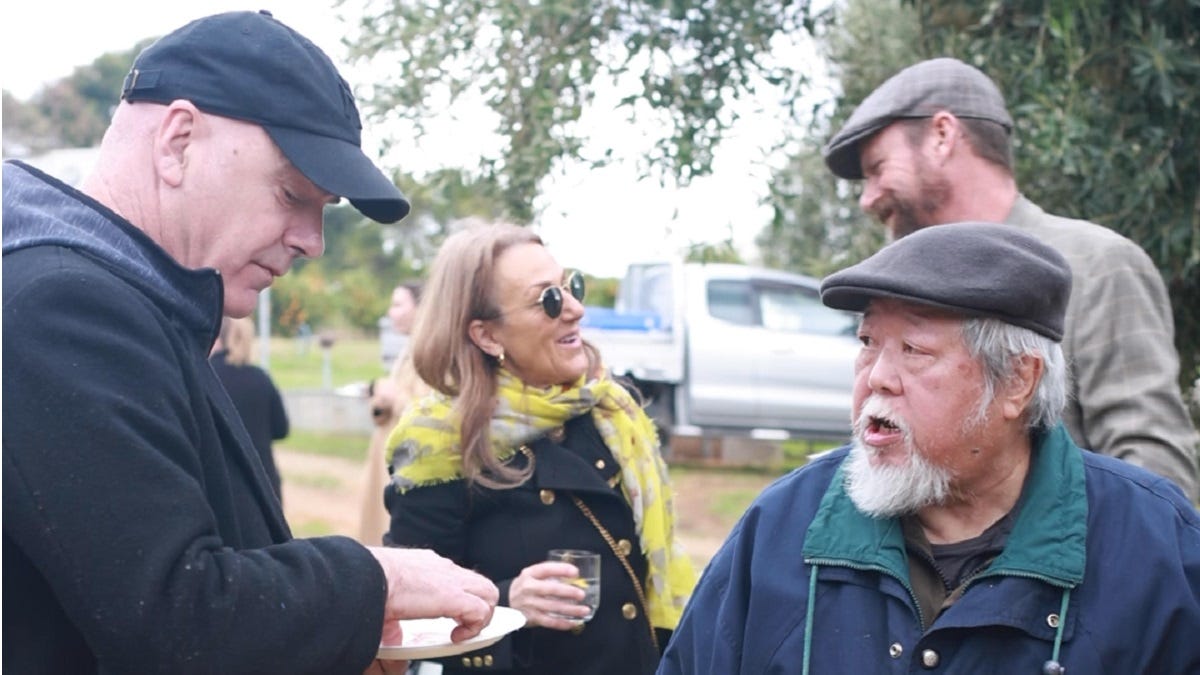
“People don’t understand that milk is very complex, and different milks have different structures,” Ms Lloyd said.
“It’s a big challenge to make a cheese from a different kind of milk, you can’t use the same recipe, you have to adjust for the different fats and proteins.
“The biosecurity in Australia is amazing, we have such a clean environment … I believe Australia is in the perfect position to have the best quality milk products in the world.”
Murray Bridge product and fellow renowned chef, Mark Best, was also in attendance, advocating for buffalo as an alternative food.
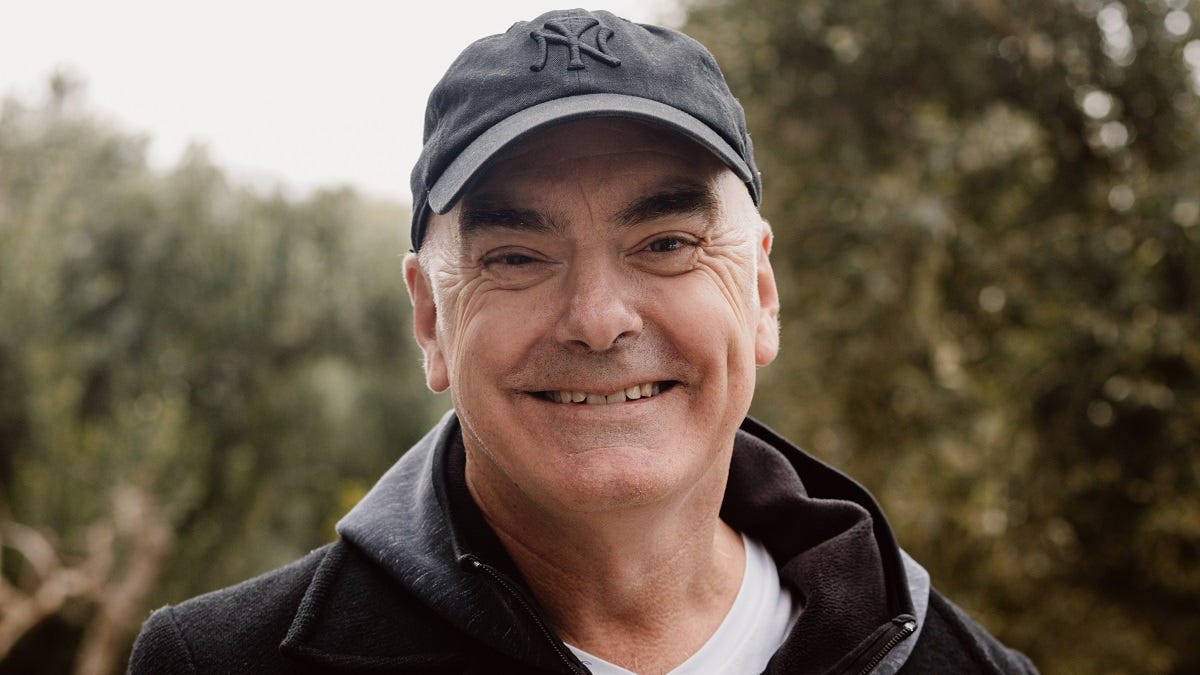
“Restaurants in the eastern states are looking for something different, but that is still ethical and tastes good,” Mr Best said.
“Buffalo dovetails right into that because the byproduct of the dairy product is the males.”
Mr Best said the public could definitely get on board with this new trend, and that “it’s all about education”.
“When it was kangaroo, we had that coat of arms cuteness factor, and now it’s being served at suburban barbeques … with buffalo, there isn’t that Bambi factor.”
“As chefs, if we place value on the product, everything lifts … it’s all about establishing a relationship with the producers and growing together.”
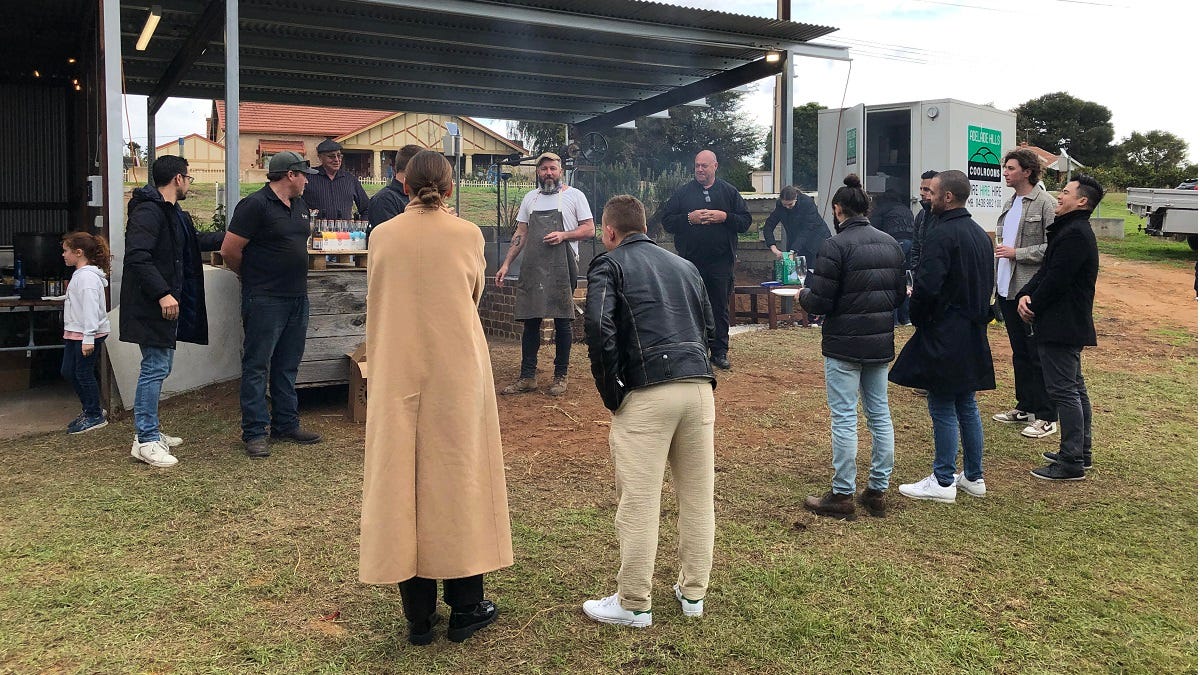
Other local brands on show included Aussie Apricots, Woodlane Orchard, Pomi Gold, Paradise Hill Honey and, from elsewhere in SA, Prohibition Liquor Co and Koi Knives.
Julie Bates, an agritourism project leader at Regional Development Australia Murraylands and Riverland, said the event was a unique opportunity for the region and its businesses.
“This is a curated audience; chefs value an immersive experience, they value the story behind a product,” she said.
“Great things can be achieved with business collaborations … there is value in making a collective event.
“Hopefully we can push distribution in the eastern states and Adelaide restaurants.”
Such events also helped the wider community, environmentally and economically, she said.
“We’re focusing on better usage of water in the region … so it’s also about sustainable business.”
The event was jointly funded by Rio Vista Olives and the federal government’s Agri Food Tourism Development Program.
Disclosure: The author attended the lunch as a guest of Rio Vista Olives, and received a small bottle of gin.


